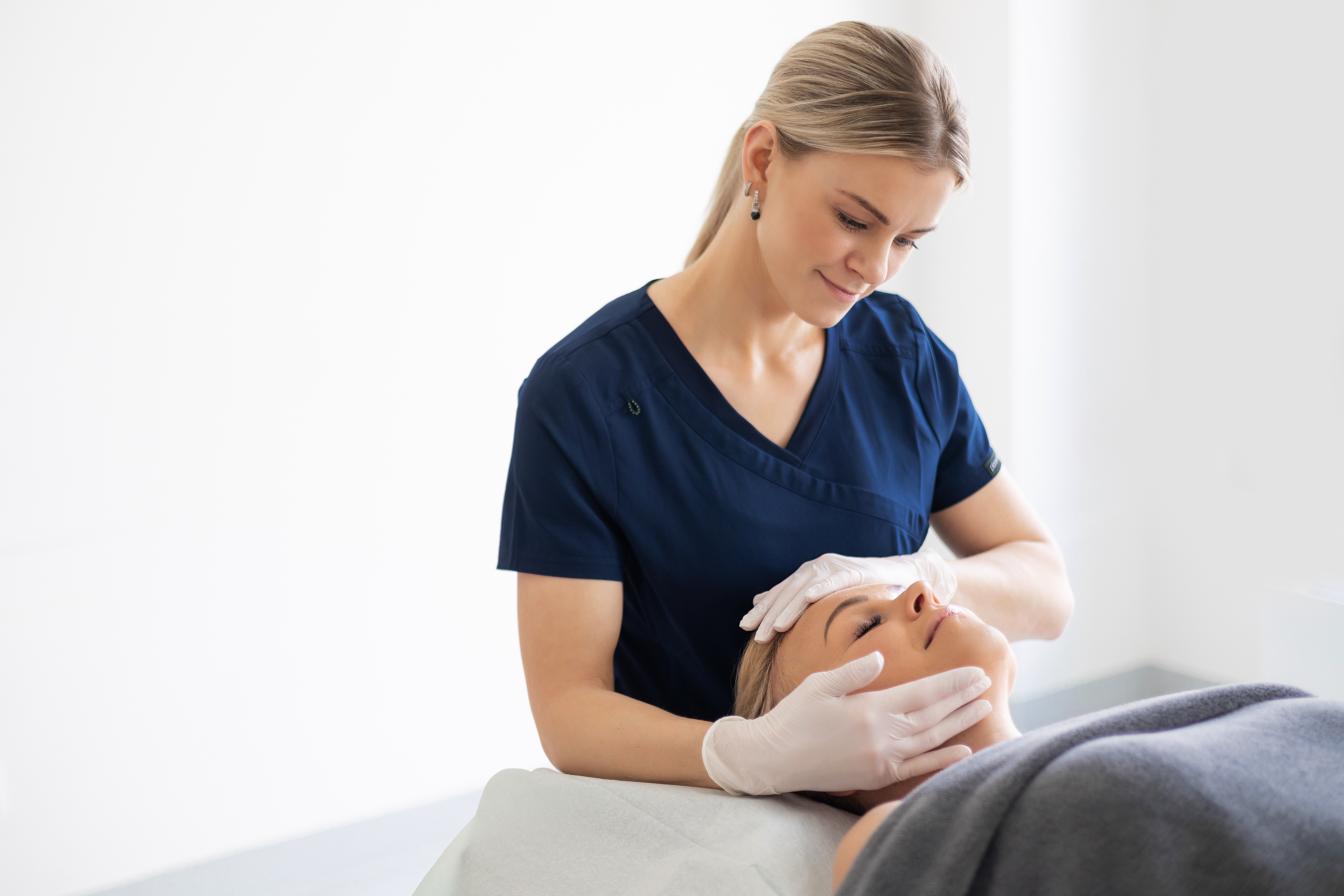Experienced specialists in oncodermatology, dermatovenerology and surgery.
The aim of the Niine Skin Clinic is to prevent and diagnose skin tumours at an early stage.

Birthmark – skin tumour
Birthmark check, risk assessment, tests and necessary treatment.
View services

Skin diseases
Skin is the largest organ of the human body. We diagnose and treat skin diseases, various allergies, and sexually transmitted diseases.
View services

Allergology
Today, it is possible to cure many allergies or significantly alleviate the symptoms caused by allergies.
View services

Plastic surgery
Scar plastic surgery, ear plastic surgery, eyelid plastic surgery, surgical liplift, aesthetic minor surgery.
View services

Beauty treatments
Microneedling, CACI nonsurgical facelift, plastic surgery, bioremodelling, beauty injections, mesotheraphy etc.
View services
+ 3 700
Diagnosed and treated a primary case of early skin tumour
17
Experienced specialists in oncodermatology, dermatovenerology and surgery.
+ 250 000
The dermatology clinic has been visited throughout all times






